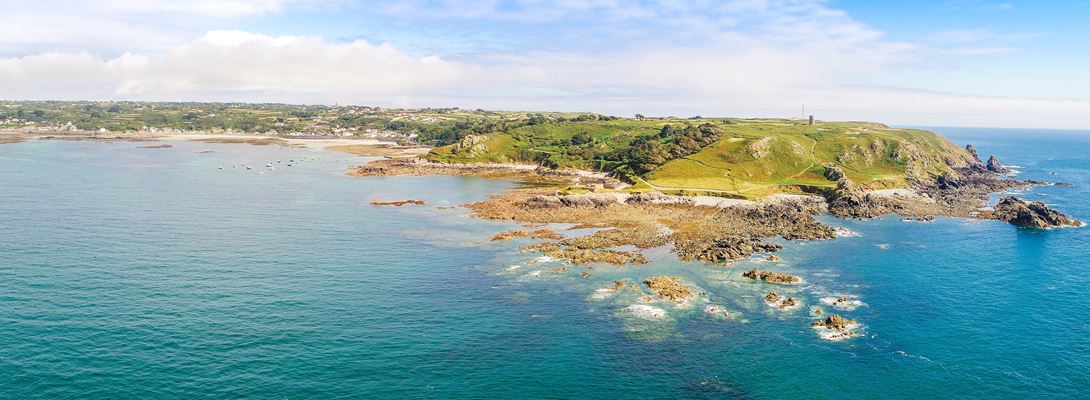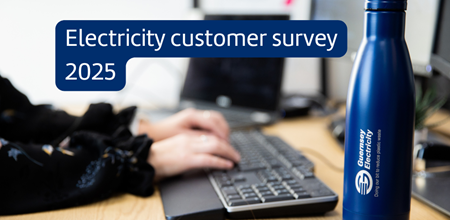GEL’s latest Annual Report and Accounts, covering the 15-month period to 31 December 2024 has been published. This report reflects a period of significant progress as we continue to deliver on our commitment to a secure, sustainable energy future for Guernsey. Here are some headlines.
A Clear Strategic Vision
The past year marked a major milestone in planning for Guernsey’s energy transition. GEL produced two cornerstone documents: Strategic Vision 2035 and a more detailed internal five-year Strategic Plan. These plans align with the States of Guernsey’s 2023 Electricity Strategy for Guernsey and set out the steps needed to deliver a resilient, low-carbon electricity supply.
Two priorities underpin this vision. First, securing greater access to low-carbon electricity through additional interconnection to the European grid. While the preferred route is a direct link from France, the planned replacement of the Normandie 2 (N2) cable offers an opportunity to explore an additional route via Jersey. Both options are now under review.
Second, managing peak demand is critical. By reducing the forecasted 2050 peak from 157 Megawatts (MW) to 125MW, we can make the transition more affordable. Our financial modelling has shown that the potential savings in investment cost by managing demand across the next 25 years is over £160m.
GEL is already taking action, with campaigns promoting off-peak heating solutions and practical advice to help customers shift usage away from peak times.
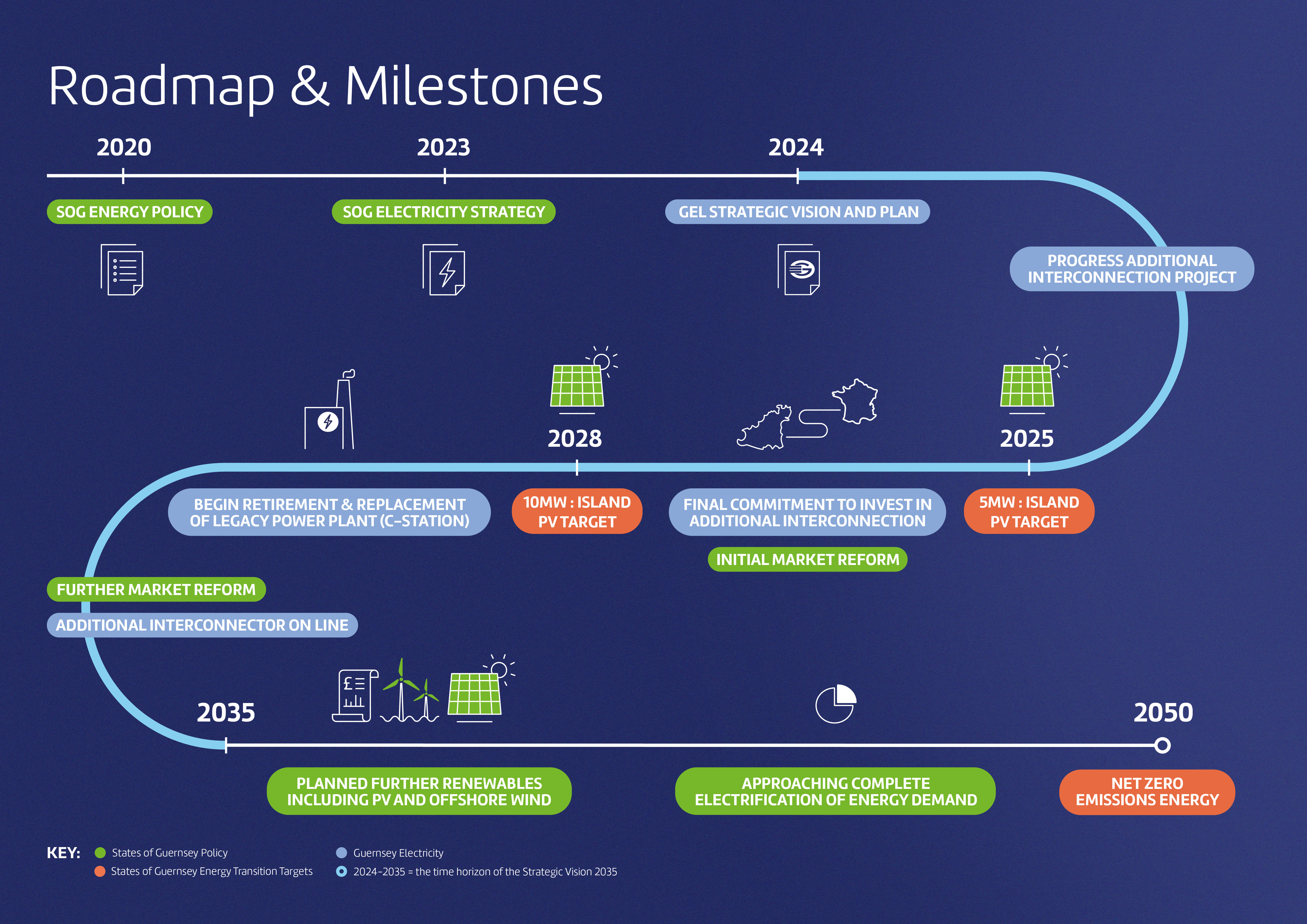
Tariffs – Looking Ahead
GEL is committed to keeping electricity affordable while investing in a secure and reliable supply for the island. Tariff increases are necessary to meet rising costs and support ongoing investment in Guernsey’s electricity infrastructure. While GEL’s price-fixing strategy previously protected islanders from global energy spikes, the end of these arrangements means electricity costs are now rising in line with European market prices.
Listening to islanders is a priority: feedback from a recent comprehensive survey conducted by Island Global Research marks the first step in a long-term plan to evolve and where necessary reform future tariffs.
Investing in Infrastructure
Investment in infrastructure remains a fundamental element of our strategy. During the reporting period, GEL invested £15.8 million in Guernsey’s electricity network, an increase that reduces the risks associated with underinvestment, with annual investment now exceeding the level required simply to replace ageing assets.
Key projects during the period included the installation of a Bulk Supply Point at Princess Elizabeth Hospital (PEH), supported by a 6.5km 33 Kilovolt (kV) cable to secure the hospital’s future energy needs.
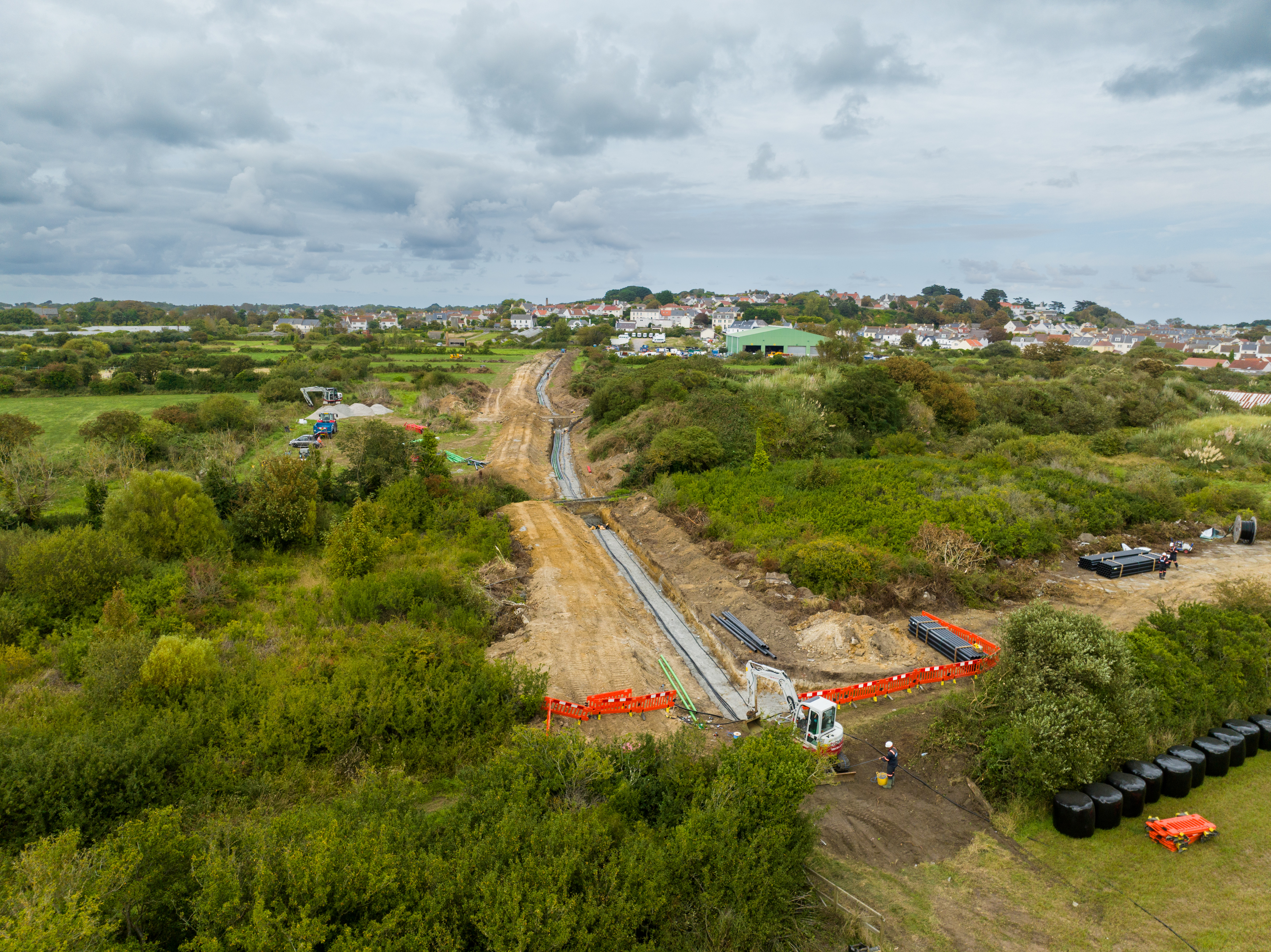
Other upgrades strengthened the network in Doyle Road, St Peter Port’s High Street and Commercial Arcade, and at Vale Power Station, where major maintenance on generators and fuel storage facilities improved reliability during peak winter demand. Even Guernsey’s tallest structure, the legacy exhaust chimney, received essential safety work as part of this programme.
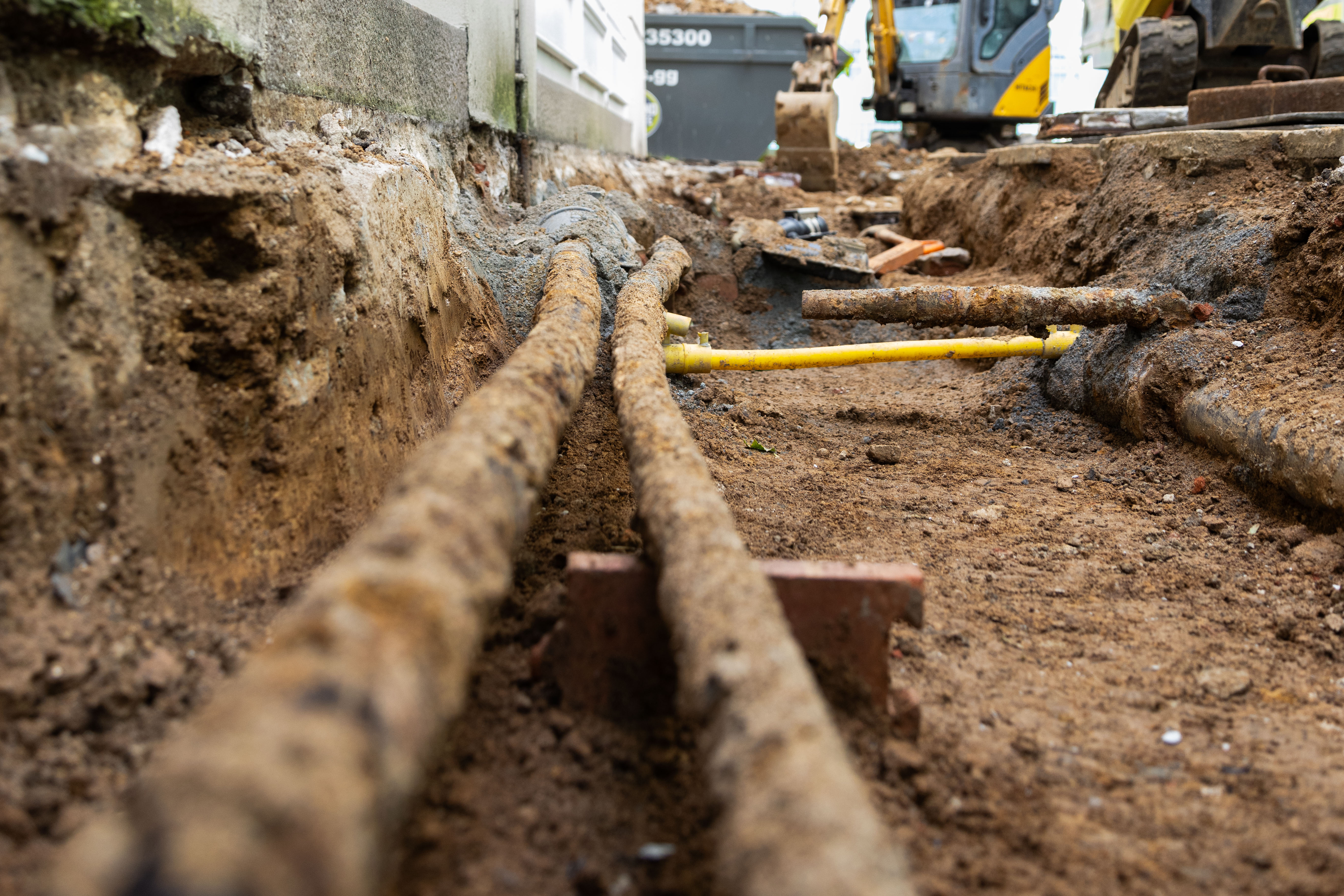
Supporting Our Customers
As winter approaches and electricity demand rises, GEL continues to prioritise customer support, particularly for those facing financial pressures. The Powering Life for Less initiative exemplifies this commitment, beginning with real-life case studies that demonstrated how local families achieved meaningful savings through practical guidance. Building on this success, GEL introduced the Powering Life for Less Show - a free, family-friendly event designed to share energy-saving strategies, showcase local businesses and charities, and provide direct access to GEL representatives for billing and consumption advice. The event returned in September and attracted over 280 attendees.

Support extends beyond events. GEL works closely with charities and community organisations to deliver bespoke energy-awareness sessions and ensure clear signposting to appropriate assistance. Year-round measures include emergency credit and ‘Friendly Times’ for prepayment meters, flexible repayment plans, and multiple payment options. These initiatives reflect GEL’s ongoing commitment to helping customers manage energy costs.
Reduction in Emissions
Guernsey continues to benefit from the importation of low-carbon electricity via the subsea cable connecting the island to the European grid. This remains the primary source of power, with 92% of distributed electricity in 2024 coming from low-carbon imports. As a result, both carbon intensity and lifecycle greenhouse gas (GHG) intensity for distributed electricity decreased compared to 2023.
Direct emissions intensity fell from 73gCO₂e/kWh in 2023 to 62gCO₂e/kWh, while lifecycle GHG intensity reduced from 100gCO₂e/kWh to 82gCO₂e/kWh – significant reductions. These improvements were driven by increased utilisation of the subsea cable, a switch to 100% hydro imports from France (with a carbon intensity of just 6gCO₂e/kWh), and reduced reliance on fossil fuel generation at Vale Power Station.
Community solar also contributed 450MWh in 2024, with nearly 4MW of solar PV now installed across Guernsey, including 600kW operated by GEL. Solar generation is expected to grow further to meet targets set in the States of Guernsey Electricity Strategy.








